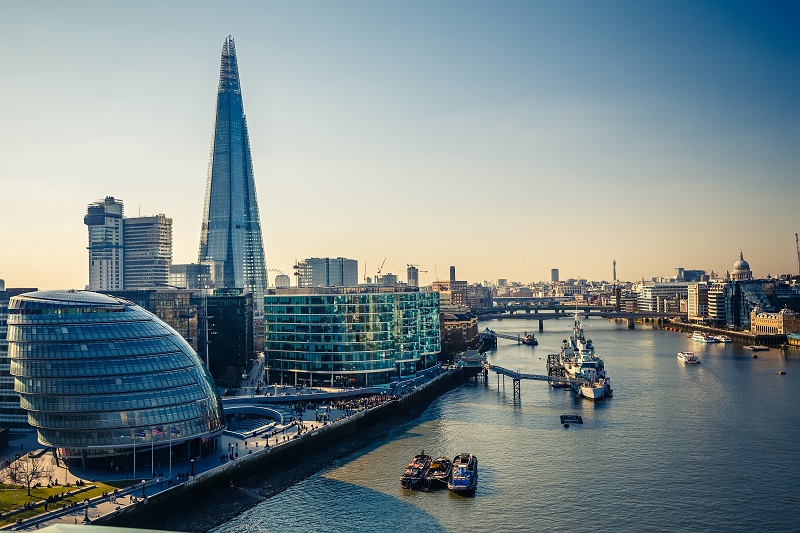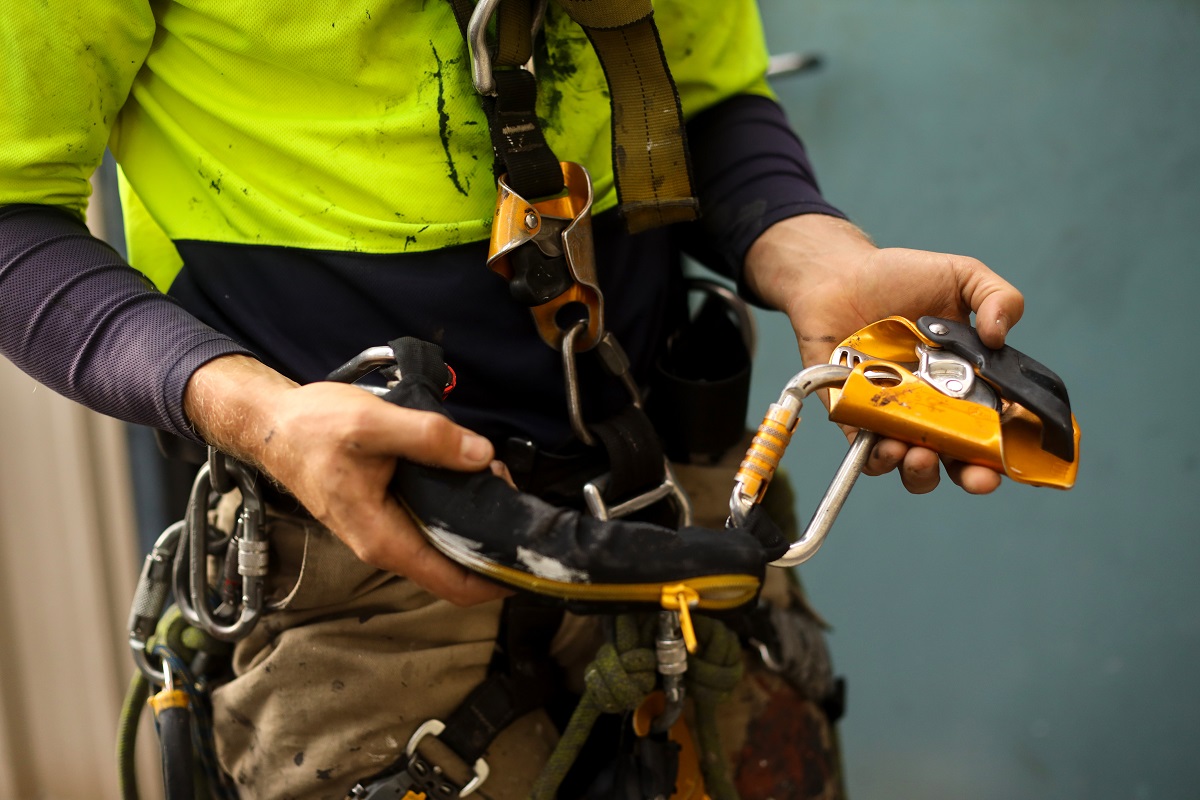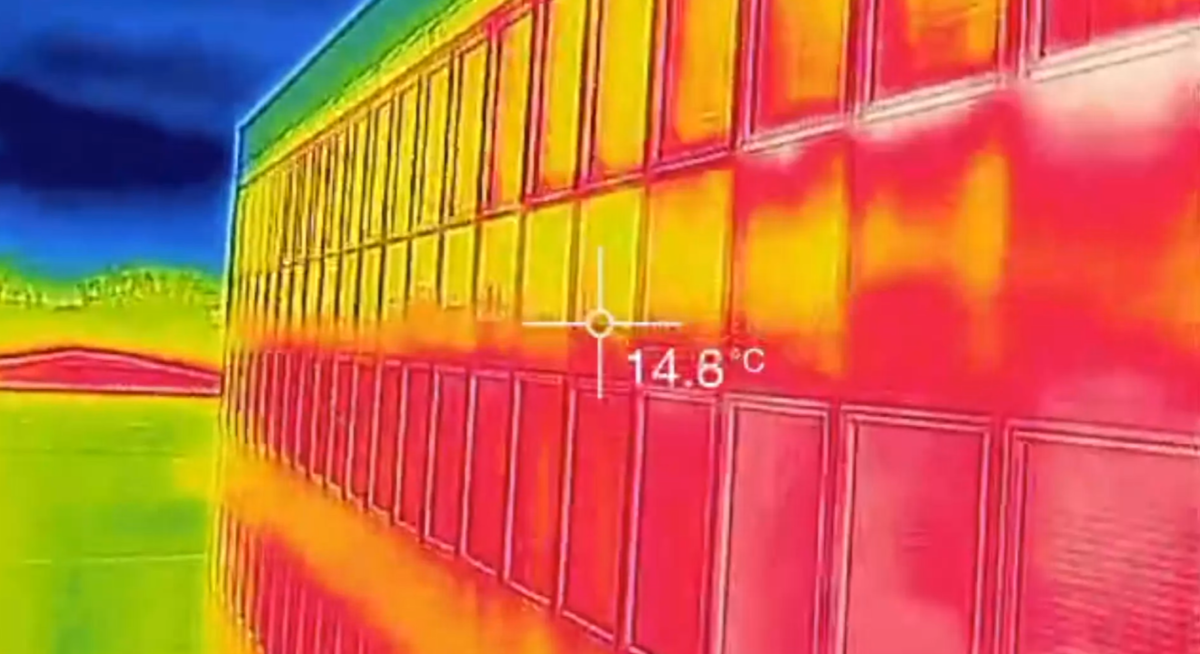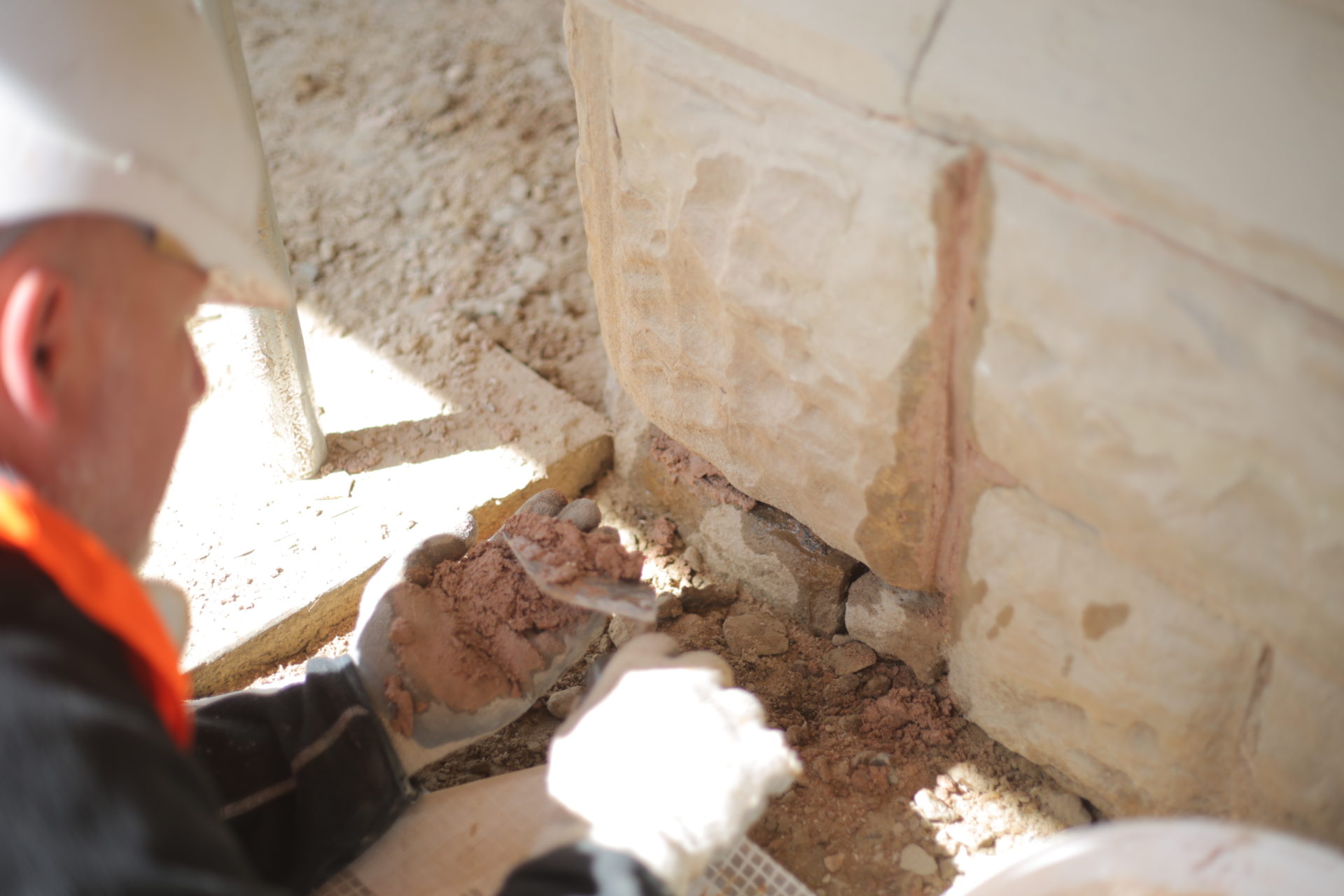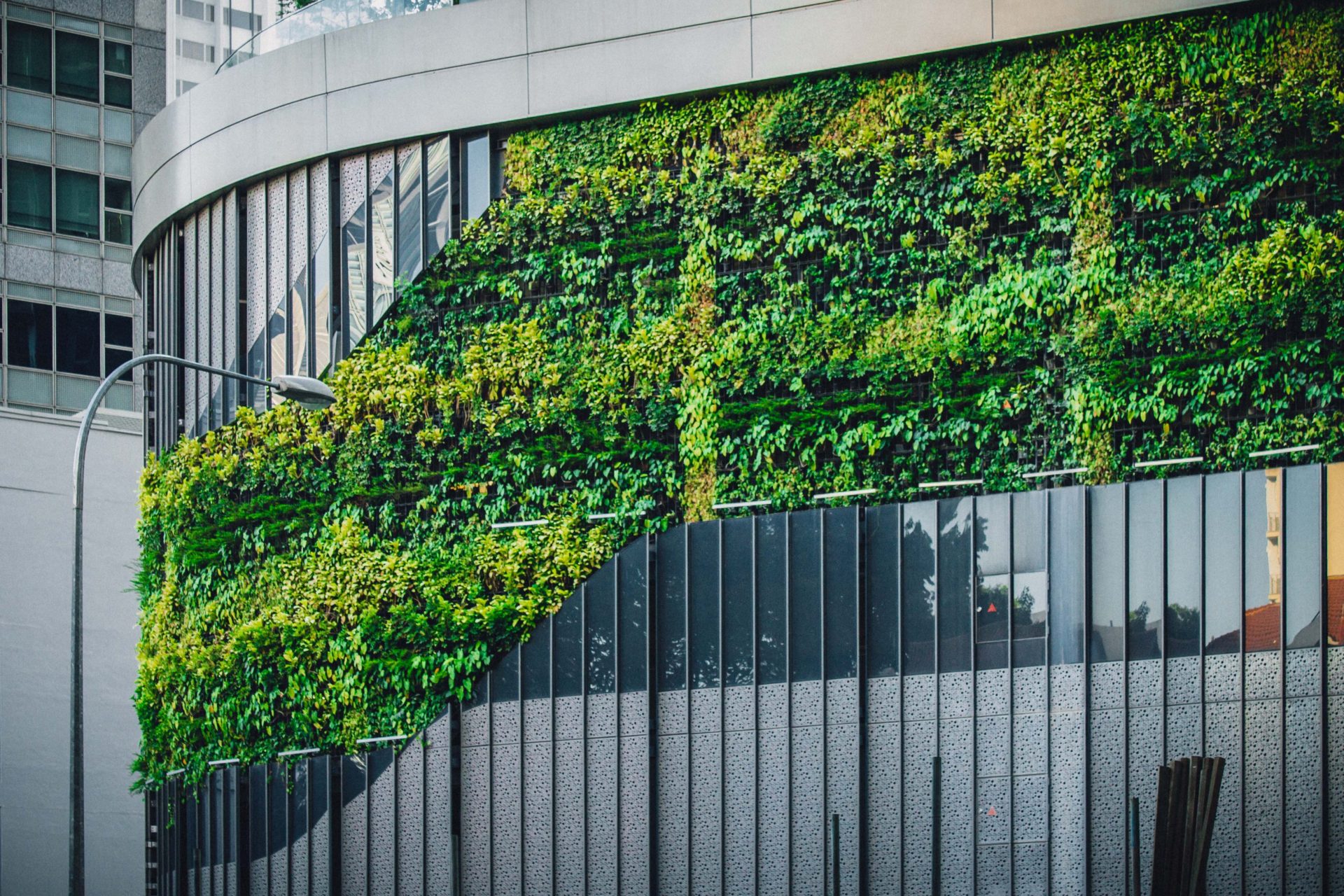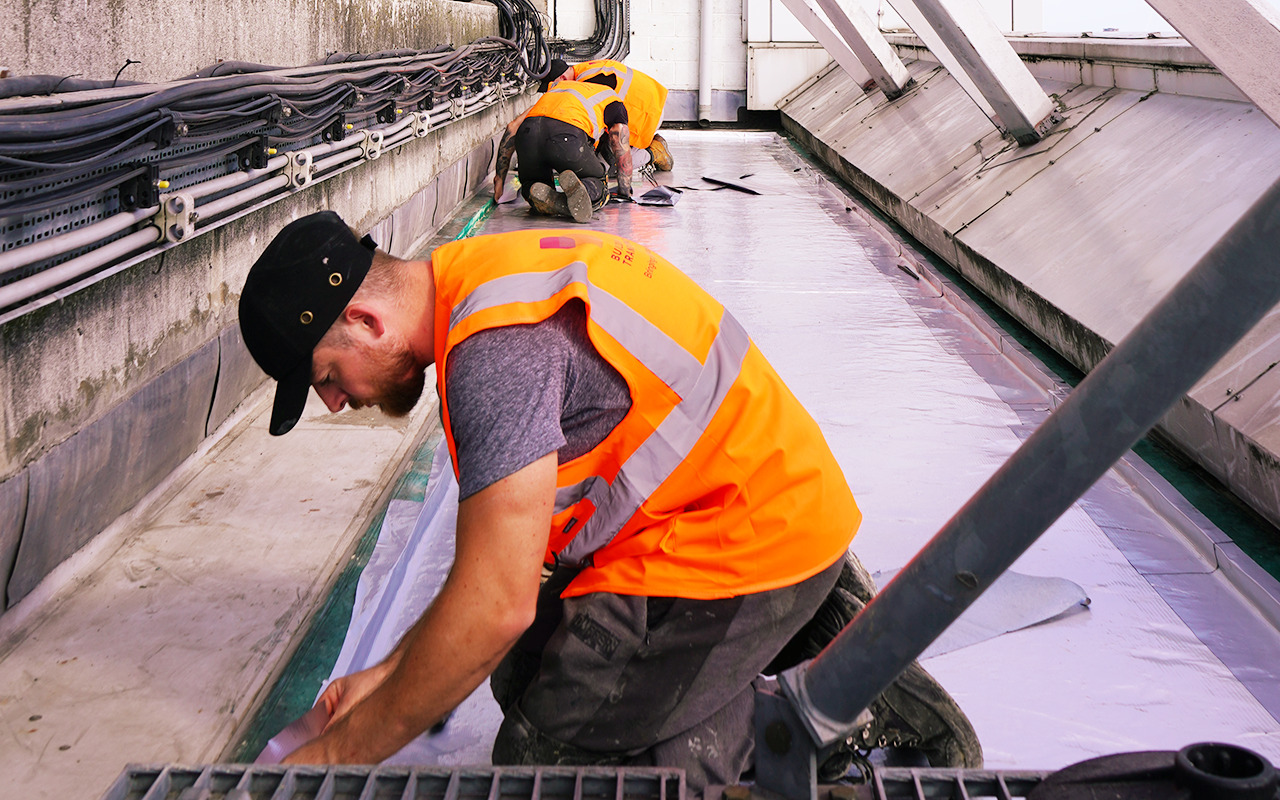Façade restoration and the protection of London’s modern and heritage buildings is of both historical and ecological importance. Older buildings are key to protecting our history and carrying out façade restoration, London businesses and buildings benefit from ensuring we keep pieces of history alive. It becomes even more important however, when we look at the environmental impact of demolition.
Predating records, London is one of the oldest and most historic cities in the United Kingdom, with heritage and architectural provenance that should not be ignored or forgotten. Coupled with the fact it is continually growing, with a population steadily increasing year on year. The net natural population change in 2019 was 71,000 and that doesn’t account for people moving into the city from other areas. It is one of the most populous cities in the world, meaning there’s a high demand for residential and business properties, which can lead to developers looking to create new property opportunities where historic buildings reside.
Façade Restoration: Minimising the Environmental Impact of Urban Regeneration
Older buildings have been described as “energy-hungry” in the past. There have been debates which suggest it was better for the environment to tear down and start again from scratch, demolish the old building, and develop a better insulated and energy efficient replacement.
Newer research and thinking shows that this does more harm than good due to the amount of carbon involved in the construction of a new build. The Royal Institute of Chartered Surveyors (RICS) believe up to 35% of the lifecycle carbon from a typical office development is emitted before the building even opens and this increases to 51% for residential buildings. This means most buildings carbon debt will not be paid back for decades, even if they are developed using more environmentally and ecologically friendly methods. With this in mind, façade restoration and cleaning projects are becoming more popular as our buildings can often be returned to their former glory or repurposed and used in a new and effective way without the need for demolition and the creation of a greater carbon footprint.
The Heritage Factor
Research carried out in Asia from Built Heritage, discovered how important the influence of architectural heritage on identity can be. Their studies found ‘preservation of and respect for architectural heritage value are important factors in modern cities’ and this principle is something we can apply to any built environment, including London. While many buildings have listed status, it isn’t necessarily the case in every instance. If buildings can be restored and redeveloped, then this removes the need to carry out unnecessary demolition, preserves a piece of history, and has a much more positive impact on the environment.
Buildings can impact our emotional state and the field of neuro-architecture is becoming more important in the planning stage of all building developments. Older buildings have long and winding stories which we can be kept alive through keeping the building alive. It is something future generations will come to appreciate and benefit from as the building’s story continues to grow and develop. If it is possible to clean or restore a building and get it back to looking and performing at its best, then it should be the obvious choice over demolishing it and losing its historical significance and practical usage.
Considering a Façade Restoration Project
Retaining and restoring buildings involves a range of approaches. Sometimes, it is possible to retain a façade in situ, using steelwork to hold materials in place while building works take place behind. If this option is not possible or unsafe then some façades can be carefully dismantled and rebuilt to their original specification and appearance in another location, with sympathetic alteration included where necessary. Rebuilding is a long process but essential for ensuring a restoration solution that delivers a historically correct result, without unnecessary damage or risk.
Understanding the existing building, its structure, history, and the connection between the façade and the internal structures is key to carrying out the best quality restoration.
Façade Restoration London: Works in Situ
Before any façade restoration takes place a survey should always be undertaken. This allows the original methods of construction and the materials used to be fully understood. This is the starting point for works on site and for the installation or application of any protection needed on the façade and other building faces which are being preserved. Using rope access or other access methods, specialists can carefully carry out the required works to any type of building.
The façade cleaning solutions that London businesses opt for should always come from reliable professional companies who specialise in façade restoration and protection. Sensitive and specialist building restoration requires experience and knowledge unique to this sector to ensure the building façade is safe throughout the restoration process. With the correct methods, the façade can be improved to ensure a longer lifespan using a sympathetic solution.
Façade Restoration London: Dismantling and Reassembling Processes
Removing a historic façade completely to work on it is a significantly more complex process but sometimes necessary to ensure the results you’re looking for to ensure to the provenance of the architecture. Occasionally removing the historic façade can make a job more efficient and cost effective, as it ensures the façade is protected while the necessary restoration work is carried out.
The historic façade will be thoroughly examined and investigated so the fabric of the structure is fully understood, and any works carried out are in line with what is needed to suit the building materials. It is also important to understand the original method of construction to pinpoint any potential problems or areas where there may be concerns. Once the necessary works are carried out on the structure of the building, the façade can be carefully put back in place and any necessary cleaning and restoration can be carried out. Minor in situ repairs can also be carried out to ensure the building’s appearance is the best it can be and that it is structurally sound and fit for practical purpose.
Building Repurposing in London
London has many prestigious historic buildings which may have fallen out of use but could be repurposed or brought back to life. This helps to retain their heritage role within the city and also has a lower impact on the environment.
A high-profile example of conversion and redevelopment combined is Highbury Square. Offering apartment accommodation, the space is fully redeveloped built upon the structure of the old Highbury football stadium, the former home of Arsenal FC. The development utilised the size and shape of the stadium’s stands to create individual residential living spaces, staying true to the listed heritage of the stadium. This is one example of how London’s historic buildings has been redeveloped for the benefit of the modern population, rather than simply demolished and starting from scratch, with the additional environmental damage this brings.
Restoring and Protecting Historic London
Many of London’s older buildings need a little TLC and sometimes the work needed may only be minimal. Property owners in the city may be worried about the extensive costs and time needed to bring their building back to its best but it isn’t always the case. Some restoration projects may just be extensive cleaning. Professional façade cleaning in London can transform a tired looking building. Also, once the cleaning is complete, the repairs and maintenance issues can become more minimal.
When the issues go deeper than cleaning, sensitive and careful restoration can be carried out. The initial surveys we’ve already mentioned will be key to how the work is planned. Not all London buildings are of historic significance, but all buildings need maintenance and caring for, especially if you want them to stand the test of time, and eventually, they will become one of the historic buildings we already treasure.
The Risk of Ignoring Façade Maintenance Issues
A building’s façade is essential for many reasons, it defines the look of a building, improves its technical performance and protects the building’s interior from environmental impact. Historically building façades have had less attention in the design and detailing process than other aspects of a building’s structure and this in turn means their maintenance is even more vital.
All kinds of issues can impact a building’s façade and it is important to keep them well maintained to protect the overall health of the building. Many elements of a building’s façade can be improved, enhanced and restored, some of the most common services include:
- In-depth façade cleaning
- Sensitive stone and brick cleaning
- Paint removal
- Masonry and façade repairs
- Window repair, decoration and restoration
- Traditional guttering and rainwater system restoration and fitting
- Gilding, lime washing and other specialist decoration
- Traditional roofing work
- Slate and leadwork
Restoring a building’s façade is a commitment in which you should consider if you want to ensure long-term maintenance of your property. Most property owners invest in facilities management, cleaning, and other services to maintain their interiors, so the same level of care should be given to the exterior too, especially if it has particular historic value and you want its original features to remain intact. Window cleaning does not go far enough to restore the exterior of your building.
London’s historical importance and the appearance we’ve come to know and love is constantly evolving and there will be new feats of architecture developed every year. This doesn’t mean we should forget about older buildings. Protecting their façades remains important and all property owners should ensure façade maintenance is part of their building management plan.
For a greener and more sustainable future, and cities capable of housing the population, which is only going to get larger and larger, we must think about making the most of what we’ve already got.
Protecting and restoring historic and modern façades is at the heart of what we do. At Building Transformation we create bespoke sustainable building maintenance plans to sensitively care for buildings, ensuing that they reach and even outlast their intended lifespan. Speak to a member of our team today to arrange a building care and maintenance plan that protects your complete building envelope.

